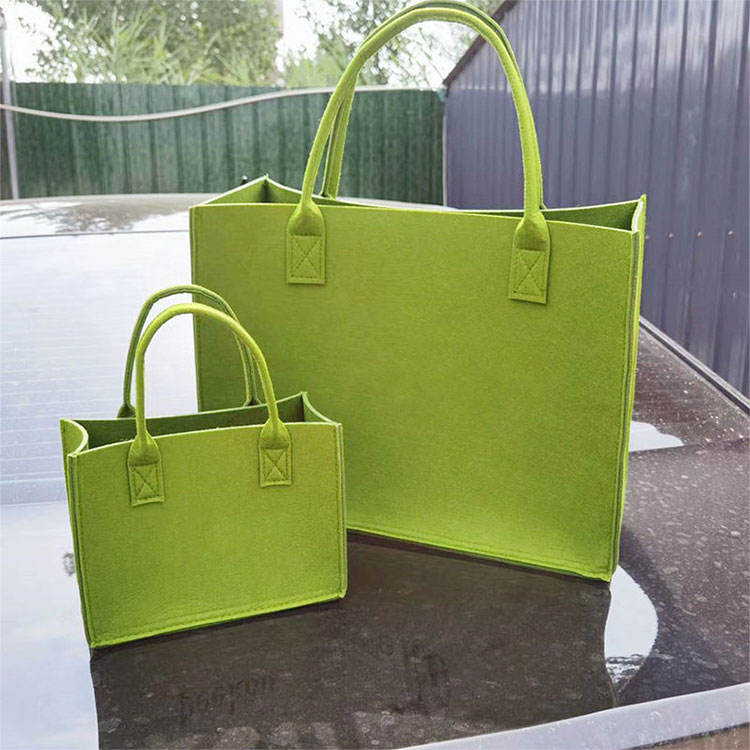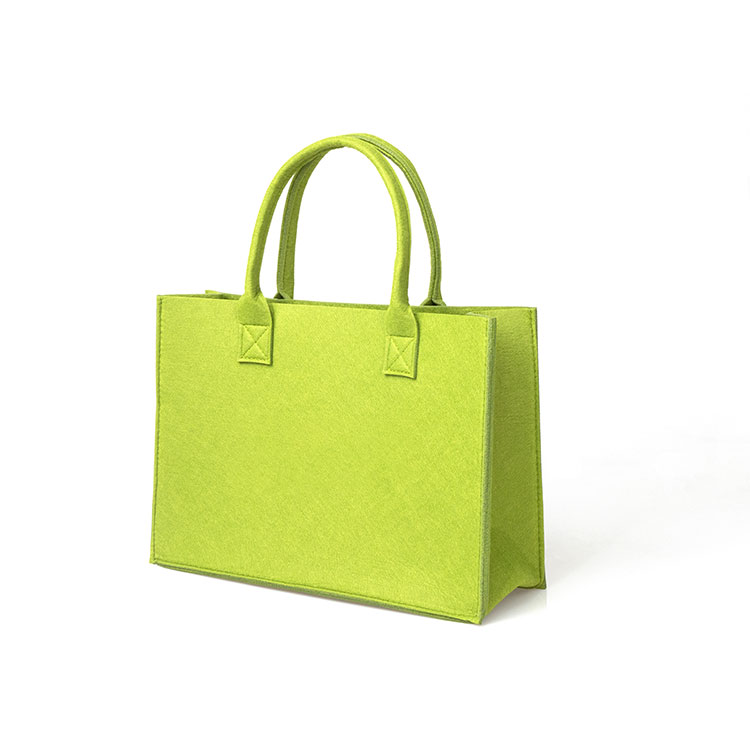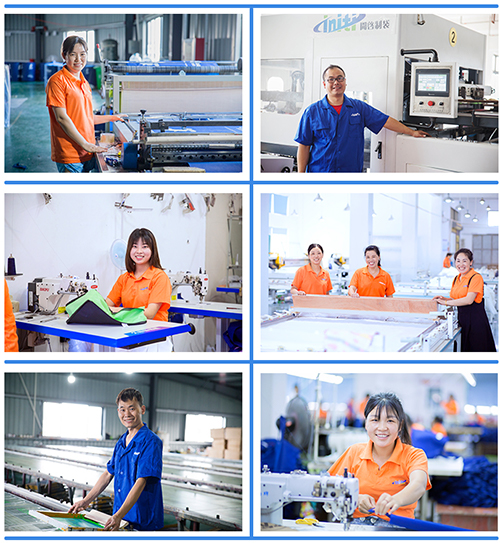what is felt made of?
Title: Unraveling the Fabric of Tradition: What Exactly is Felt Made Of?
Introduction: Felt, with its timeless appeal and myriad of uses, holds a special place in the realm of textiles. But what exactly is this versatile material made of? Delving into the history and composition of felt unveils a fascinating tale of craftsmanship and innovation that continues to shape our modern world.
The Origins of Felt: Felt's origins date back thousands of years, tracing its roots to ancient civilizations where it served as a fundamental material for clothing, shelter, and even artwork. Traditionally, felt was crafted from natural fibers, predominantly wool sourced from sheep. The process of felting involves matting and compressing these fibers together through various techniques, resulting in a dense and sturdy fabric.
The Composition: At its core, felt is primarily composed of wool fibers, renowned for their exceptional properties such as insulation, resilience, and moisture-wicking abilities. These fibers are meticulously arranged and intertwined during the felting process, creating a cohesive fabric that is both durable and pliable.
However, modern advancements have introduced a myriad of possibilities for felting beyond wool. Synthetic fibers such as polyester and acrylic are frequently incorporated into felt production, offering enhanced durability, color vibrancy, and affordability. Blends of natural and synthetic fibers further expand the versatility of felt, catering to diverse preferences and applications.
The Felting Process: The journey from raw fibers to finished felt is a labor-intensive process that requires skill, precision, and patience. Wet felting, one of the oldest methods, involves saturating wool fibers with water and agitation to encourage bonding. Alternatively, needle felting employs barbed needles to interlock fibers mechanically, resulting in intricate designs and textures.
Regardless of the technique employed, the felting process exemplifies the delicate balance between tradition and innovation. While ancient methods remain cherished for their craftsmanship and authenticity, modern technologies have revolutionized felting, offering greater efficiency and creativity.
Applications and Versatility: From cozy sweaters to vibrant crafts, felt finds its way into countless facets of our daily lives. Its versatility knows no bounds, lending itself to fashion, interior design, industrial applications, and beyond. Felt's inherent qualities make it an ideal choice for insulation, soundproofing, and even medical applications, underscoring its indispensable role in various industries.
Conclusion: In unraveling the fabric of tradition, we discover the enduring allure of felt—a material steeped in history yet poised for innovation. Whether fashioned from wool or synthetic fibers, felt continues to captivate with its versatility, durability, and timeless charm. As we embrace the past while forging ahead, let us celebrate the remarkable journey of felt and its enduring legacy in the fabric of our world.
Felt is an incredibly versatile material that can be used to create a wide range of products across various industries. Some common items made from felt include:
-
Clothing: Felt is often used to make hats, scarves, gloves, and jackets due to its warmth, softness, and durability.
-
Accessories: Felt can be fashioned into accessories such as handbags, wallets, keychains, and belts, adding a touch of style and functionality to everyday essentials.
-
Home Decor: Felt is popular in home decor for its cozy and inviting aesthetic. It can be used to make throw pillows, coasters, table runners, and decorative wall hangings, adding warmth and texture to any space.
-
Toys and Crafts: Felt is a favorite material for crafting due to its ease of use and versatility. It can be used to create stuffed animals, dolls, ornaments, and a wide variety of DIY projects for both children and adults.
-
Industrial Applications: Felt is utilized in industrial settings for its absorbency, cushioning properties, and resistance to heat and chemicals. It is used in machinery as gaskets, seals, and padding, as well as in polishing and buffing applications.
-
Educational Tools: Felt boards and story sets are popular educational tools for teaching children various concepts such as storytelling, counting, and letter recognition.
-
Soundproofing: Felt's dense and fibrous nature makes it an effective material for soundproofing and noise reduction. It is often used in recording studios, home theaters, and other spaces where sound control is important.
Overall, the possibilities are nearly endless when it comes to what can be made from felt, making it a versatile and timeless material cherished by crafters, designers, and manufacturers alike.
Hot Tags:Shopping Bag China, suppliers, manufacturers, factory, wholesale, in bulk, for sale,tote bag ideas,canvas bags for storage,cotton shoulder bag, rpet bag, custom garment bags,canvas drawstring bags,Insulated lunch cooler bag,makeup cosmetic bag for sale,Grocery and Shopping tote bag,Beach Accessories,Jute/hemp/burlap tote bag,Corduroy tote bag,Travel bag,Linen bag,Paper bag





